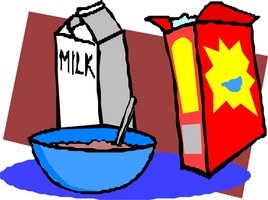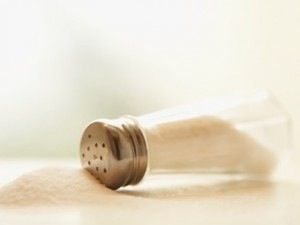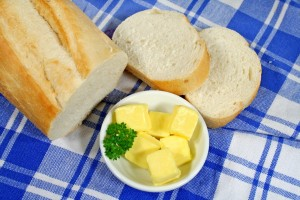 There are five different kinds of cooking spray in my kitchen cabinet: Butter flavor, Olive Oil, Canola Oil, Baking, and Professional for high heat cooking. All say they are for non-stick cooking or baking. Some say they are for fat-free cooking and baking.
There are five different kinds of cooking spray in my kitchen cabinet: Butter flavor, Olive Oil, Canola Oil, Baking, and Professional for high heat cooking. All say they are for non-stick cooking or baking. Some say they are for fat-free cooking and baking.
The nutrition labels for all five call a serving size a spritz that is about 1/3 of a second or the equivalent of 0.25 grams. The ingredient labels all list an oil (canola, olive, soybean, or vegetable) as the first ingredient. All have an emulsifier, usually soy lecithin, and a propellant. Some have other flavorings and additional stuff – the baking spray has wheat flour.
For all of them:
Calories in a serving (a 1/3 second spray): 0
Total Fat: 0
How Can This Be?
How can something with oil listed as the first ingredient have zero calories and zero fat?
In the US, any product that has less than 5 grams of fat per serving lists the fat content rounded to the nearest 0.5 grams. If the product contains less than 0.5 grams of fat per serving, the listed fat content is rounded to 0 grams. If a product contains 0.45 grams of fat per serving and the package has 10 servings, the label would show 0 grams of fat even though the entire package actually contains a total of 4.5 grams of fat.
All of the cooking sprays that I checked call a 1/3 second spray a serving size – that’s the equivalent of .25 grams of fat. Because the serving size, as created by the manufacturers, is under half a gram, the nutrition label can show as 0 grams of fat and 0 calories.
Feel Duped?
0.25 grams of fat is the equivalent of 2.25 calories (fat has 9 calories per gram) — not a huge number. However, how many of us spritz for only 1/3 of a second? Can you even coat a small frying pan with a 1/3 second spray?
Most of us spray for at least three to six times as long – many of us for probably longer. A one second spray has about 7 calories, 2 seconds has about 14 calories and and 1.5 grams of fat. Again, not huge numbers, but 2 seconds is still awfully short. Odds are that a lot of us spray our pans a bit longer.
An Alternative
We’re not talking about lots of added fat and calories. But don’t be tricked into thinking that there are no calories or fat grams being added when you spray away. Since nonstick cooking spray is not calorie free, be wary of drenching your pans and skillets if you’re trying to avoid too much added fat. As you’re spritzing, count the seconds. If the length and number of your spritzes are in danger of cranking up the fat and calorie count, either cut back on the spray or consider using a small amount of oil on a paper towel to coat your pan. Using one teaspoon of olive oil adds 4.5 grams of fat and 40 calories and you’ll avoid the additives and propellant found in the spray.



